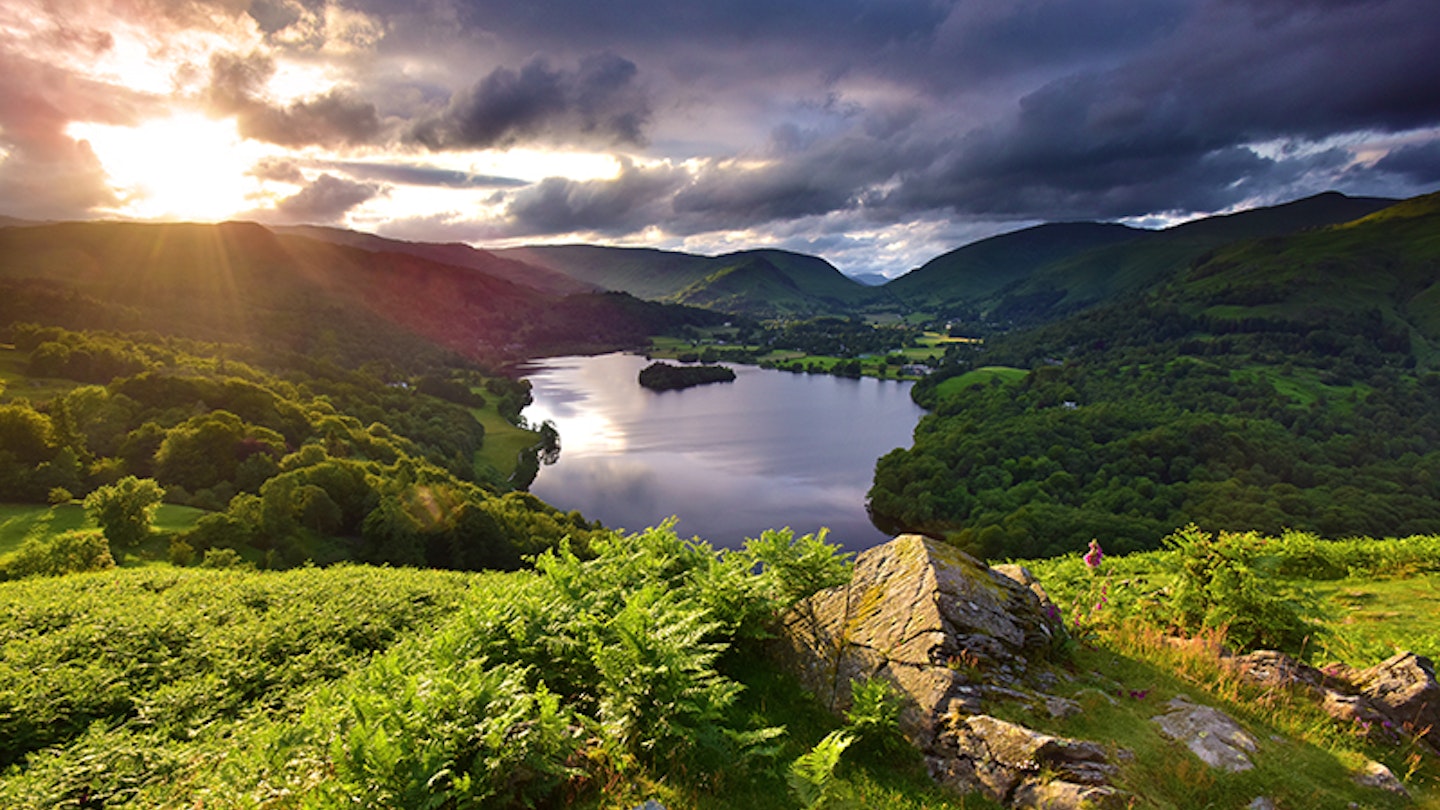From the peaks of Snowdon to the moors of Dartmoor, the rolling heathlands of the New Forest to the lush glens of Loch Lomond, the UK’s National Parks are undoubtedly some of the most extraordinary parts of our country. Home to around a third of the nation’s internationally important wildlife habitat, they also contain some of the most significant historical destinations in the country – from the epic Hadrian’s Wall in the Northumberland National Park to the iron-age forts of the South Downs.
Boasting some of the most spectacular views there are, both by day and by starry night, it’s no wonder these places have inspired everyone from Beatrix Potter to Arthur Conan Doyle.
Whether you like to walk, cycle or just quietly admire the scenery on a picnic blanket with a cuppa, National Parks have held a treasured place in our hearts for 70 years. It was in April 1951 that the very first British National Park was designated in the Peak District following decades of campaigning.
From there, the movement spread and there are now 15 National Parks across England, Scotland and Wales which all together cover a staggering ten per cent of all land in the UK.
Whichever National Park is closest to you, though, the mission is fundamentally the same as Sarah Fowler, CEO of the original Peak District National Park explains: “Just like when the National Park movement was established, our aims are to care for these exceptional bits of the landscape – their beauty, heritage, wildlife and those big vistas – but also to provide opportunities for people to access and to care for them.”
In terms of looking after the landscape, this has seen dozens of ambitious projects pop up to restore and protect the forests, wetlands, meadows and countless other natural gems that make up our National Parks.
In the Peak District, this involves a major restoration of peatlands. Their quality as habitats were vastly diminished by the impact of the industrial era with factory emissions from Sheffield and Manchester killing off the vegetation. Restoring the peat will provide food, shelter and home for many animals, such as curlew, mountain hare and short-eared owl, as well as removing harmful carbon dioxide from the air and reducing flooding risk to local communities.
“National Parks can be the backbone of nature recovery but that also means connecting people to nature,” says Sarah.
That’s why another major project is for National Parks to look at how they can be even more accessible, whether that means maintaining rights of way, providing walking, cycle or wheelchair-friendly trails, or improving public transport to and within the parks. “I would love to connect our National Parks in a kind of nature health network that would provide not only corridors for wildlife but also give us more opportunities to enjoy the great outdoors,” says Sarah. This seems especially timely after a year in which so many people have found solace in the countryside. “People have realised the value of what National Parks have been providing for free for 70 years,” says Sarah.
“They offer a place to just get outside, reflect and have a breathing space. I hope we can continue to keep National Parks alive with nature and people for many years to come.”
What was the first national park in the UK?
As far back as the late 19th Century, people longed to enjoy the fresh air and beautiful scenery on their days off from working among the smoke and grime of the big cities. In the Thirties, this culminated in what’s known as the Mass Trespass, when more than 500 walkers took to Kinder Scout, the highest point of the Peak District, in defiance of the law, resulting in the arrest of five men.
Not long after, Sheffield woman Ethel Haythornthwaite, who had lost her husband in the First World War, was taken to the Peak District by her family to help her recover from her loss. As she discovered the healing powers of the hills, she started campaigning to get the British countryside fit for returning war heroes to enjoy while caring for the beauty of the landscape.
Eventually, these two movements sowed the seeds of change and the government passed an Act of Parliament to establish National Parks, starting with the place that had been at the centre of this revolution – the Peak District. This draws a lot of tourism to the area, meaning there are plenty of hotels in the Peak District for tourists.
What is the largest national park in the UK?
The largest British National Park is the Cairngorms, which is almost four times the size of the second biggest, which is the Lake District.
How many national parks are there in the UK?
There are currently 15 national parks in the UK. There are 10 National Parks in England, three in Wales and two in Scotland.
List of national parks in the UK
• England – Broads, Dartmoor, Exmoor, Lake District, New Forest, Northumberland, North York Moors, Peak District, South Downs and Yorkshire Dales.
• Wales – Brecon Beacons, Pembrokeshire Coast, and Snowdonia.
• Scotland – Cairngorms and Loch Lomond & The Trossachs.
Did you know?
To mark the 70th anniversary of the first National Park, the Government has announced plans to designate even more of our most beautiful landscapes as National Parks or Areas of Outstanding National Beauty in the next 25 years.
To find out more about your nearest National Park and how you can get involved in helping it thrive, visit www.nationalparks.uk.
